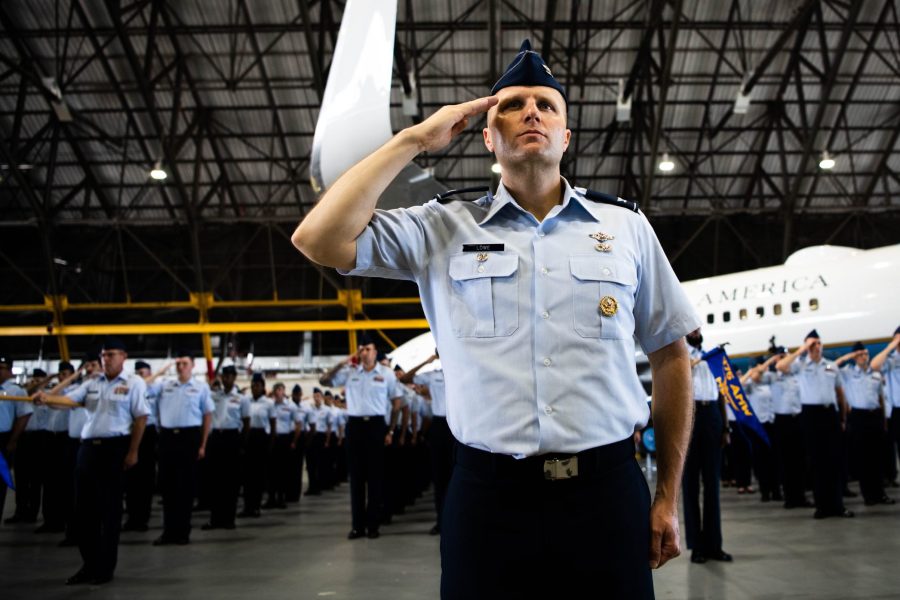The Air Force is switching up how it refers to No. 2 officers for most of its organizations, moving away from the longstanding “vice commander” title to “deputy commander” at all levels from the major commands on down, the service announced. The change is effective August 1, and is being made to better align the Air Force with the terms used by the other military branches.
The change doesn’t affect the overall service’s No. 2 officer, the Vice Chief of Staff. The MAJCOMs’ No. 2 designation changed from “vice” to “deputy” commanders in 2017. No new authorities are being granted to or withdrawn from those holding these positions, and the office symbol “CD” will replace “CV” as the shorthand designation for deputy commanders.
The changes were announced in a July 19 memo from Chief of Staff Gen. Charles Q. Brown, Jr. released by the service July 20.
In the memo, Brown said joint operations are becoming increasingly important, and “we must ensure we are best aligned to meet these challenges with a clear, unambiguous structure.” The Army, Navy, and Marine Corps use the term “deputy commander,” and it is the term used by the unified combatant commands, as well.
The “vice” to “deputy” change affects “Numbered Air Forces, centers, wings, groups, and any other unit currently utilizing the duty title Vice Commander,” Brown wrote. It applies to the Active Duty, Air National Guard, and Air Force Reserve. A temporary revision will be issued to Air Force Instruction 38-101, “Manpower and Organization” until the next complete review of the regulations.
Brown said the redesignation “is one of the several changes in motion to ensure we can execute our missions to ‘Fly, Fight, and Win…Airpower Anytime, Anywhere,” but he did not elaborate on those other moves.
The last such major nomenclature change to better align with the other services was in 2006, when the Air Force changed its Air Staff numerical designators to conform to Joint Staff designators J1 through J8. Air Staff designations A1 through A8 (Manpower, Logistics, etc.) were matched to the joint nomenclature, and in 2008, USAF added two more: A9 (Studies, Analyses and Assessments) and A10, Strategic Deterrence and Nuclear Integration.
A smaller tweak took place in October 2021, when the service changed how it referred to top enlisted Airmen in detachments, squadrons, and groups—going from “superintendents” to “senior enlisted leaders.” Brown and Chief Master Sergeant of the Air Force JoAnne S. Bass cited the need to align with joint nomenclature for that move as well.
The term “vice” comes from the Latin for “in place of,” and was a carryover from British military organizations which served as a template for fledgling U.S. military air organizations. A U.S. Navy three-star flag officer will still be called a “Vice Admiral.”
Due to the ongoing Senate hold on thousands of military promotions, many “vice” commanders are already “acting” commanders, as senior officers retire without a confirmed successor.
